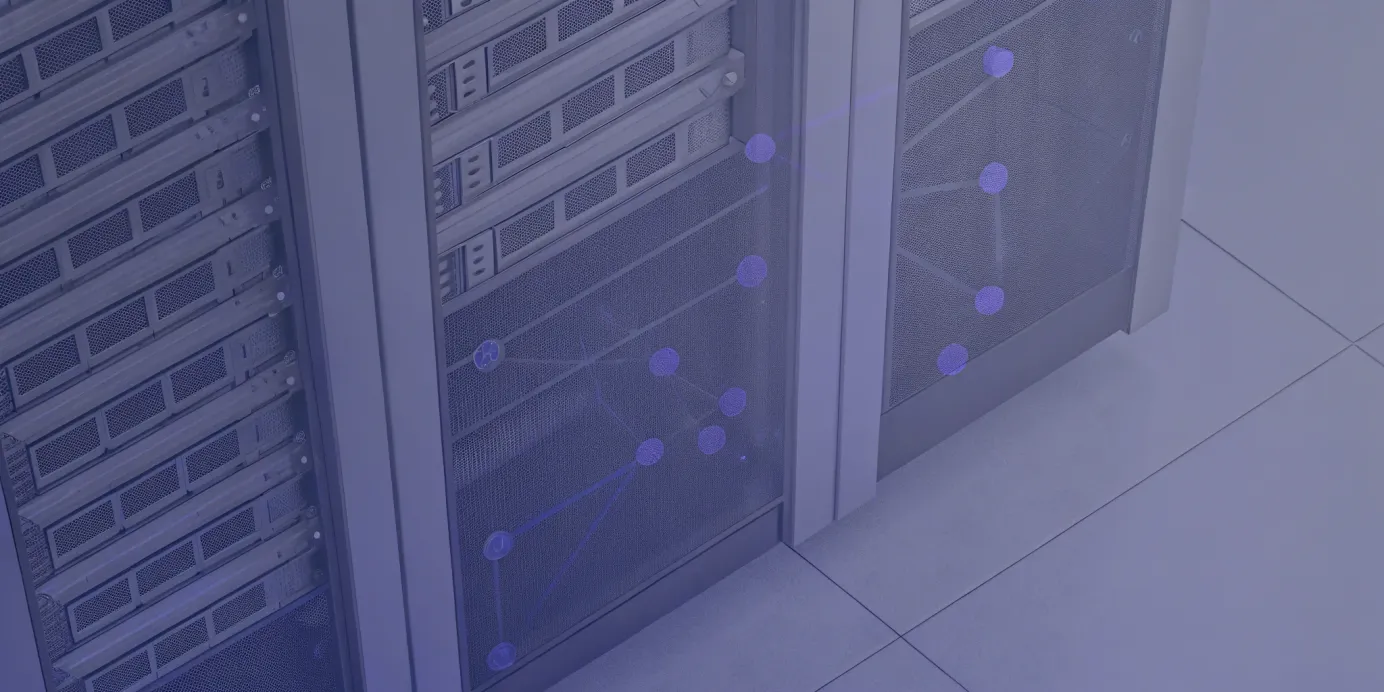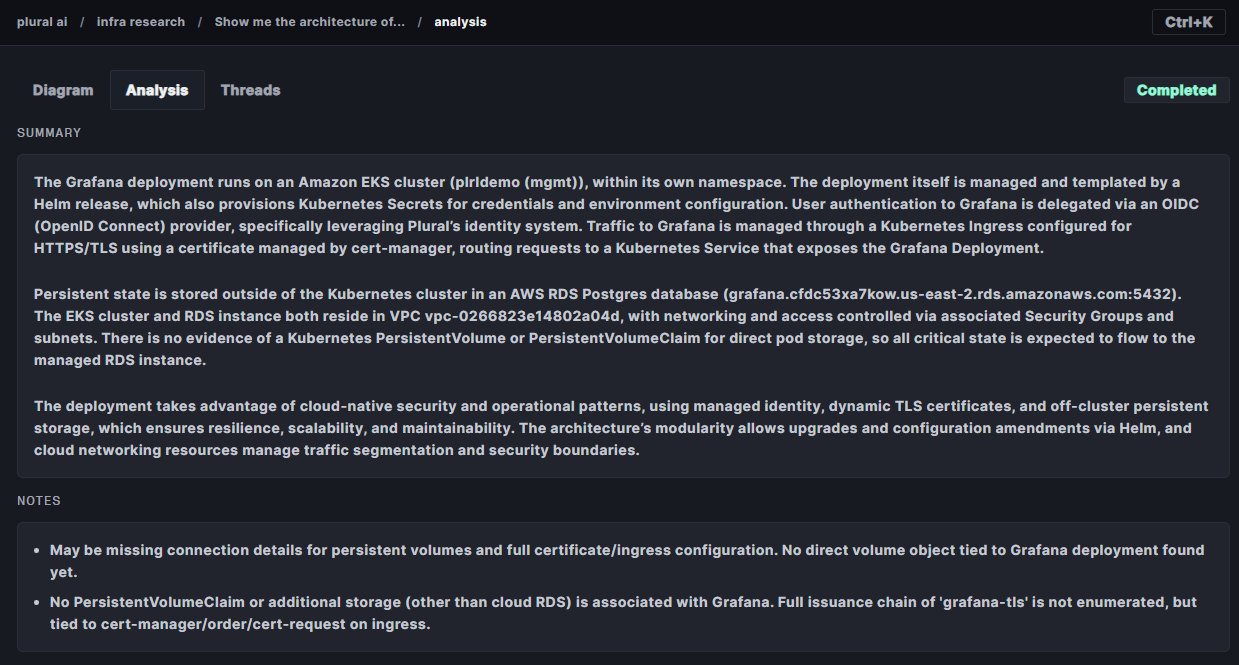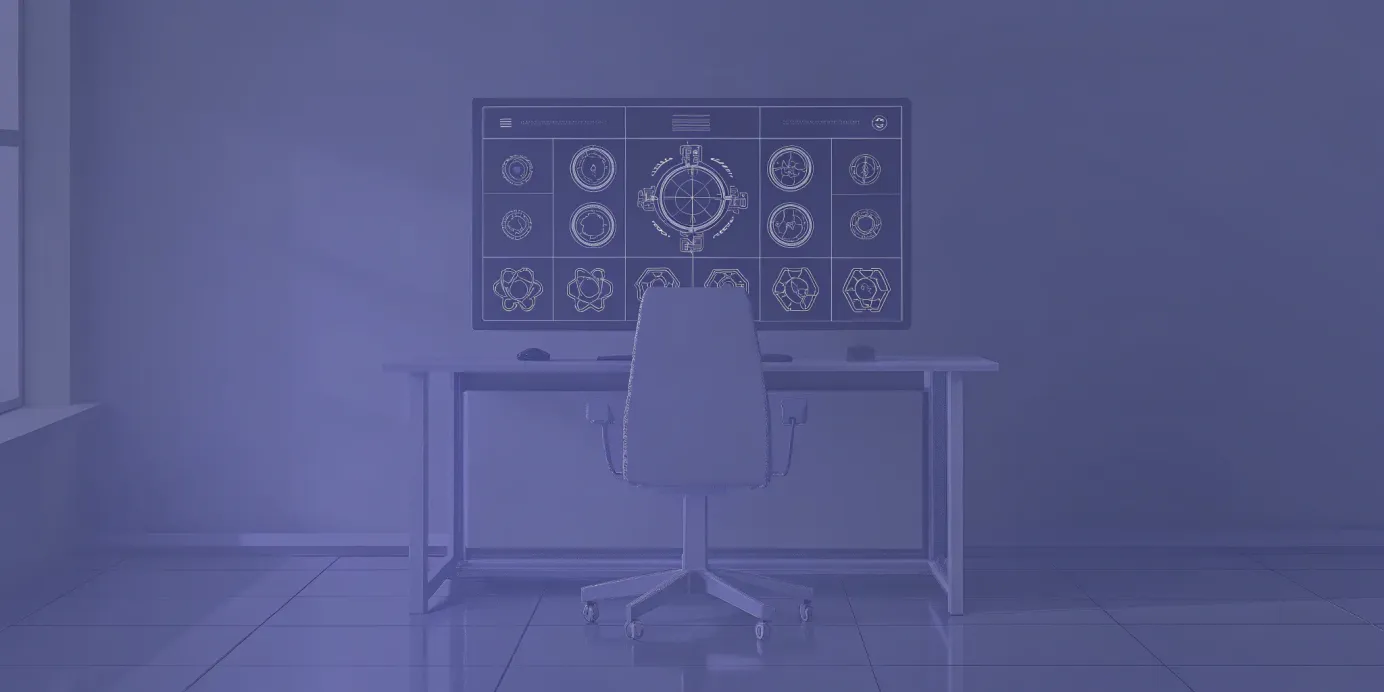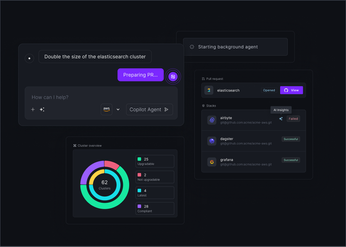
Introducing Plural Infra Research: From GitOps to Diagrams with AI
The architecture of a complex system shouldn't exist only in the minds of a few senior engineers. Plural Infra Research is an AI-powered agent that automatically diagrams and analyzes your infrastructure.
The most dangerous part of any complex system is whatever exists only in someone's head.
In modern organizations, this is a daily reality. A small DevOps team is often responsible for the operational stability of a vast and constantly changing infrastructure built by a much larger team of application developers. These DevOps teams can’t possibly keep the entire, ever-changing architecture in their heads.
This knowledge gap creates a massive bottleneck. Onboarding a new engineer takes weeks of painstaking knowledge transfer. Troubleshooting an incident involves a frantic search for the one person who understands how a particular service is wired together. And creating an accurate architecture diagram is a tedious, manual process that's obsolete the moment it’s finished.
The architecture of a complex system shouldn't exist only in the minds of a few senior engineers. This creates a dangerous bottleneck, slowing down incident response and contributing directly to developer burnout. We believe there's a better way: a system that can automatically discover and document your infrastructure, making that critical knowledge accessible to everyone. That’s why we’re proud to announce Plural Infra Research.
What Is Plural Infra Research?
Plural Infra Research is an AI-powered agent that automatically diagrams and analyzes your infrastructure based on your GitOps repositories. It moves the source of truth from an engineer’s brain to a queryable, automated system.
You give it a simple, natural language prompt like, “show me the architecture of the Grafana deployment”, and the AI agent iteratively builds a complete picture of your stack. The output is a detailed architecture diagram in Mermaid format and a plain-English analysis of all its components, connections, and even potential misconfigurations. It’s an always-on, always-up-to-date architect for your entire system.

How Infra Research Works
The power of Infra Research comes from its deep integration with your GitOps repositories, treating them as a live, queryable blueprint for your entire stack. Our AI isn't just a thin wrapper around a large language model; it’s a purpose-built agent that understands the context of your stack.
The process works in several stages:
- Index the source of truth: We start by vectorizing and indexing all of the infrastructure data from your Plural-managed repositories. This includes both your Kubernetes manifests (like Helm charts) and your Terraform state.
- Iterative querying: When you enter a prompt, our AI agent begins an iterative process of querying the vectorized data. It uses a suite of internal tools to search through Plural stacks and services, effectively building a knowledge graph of all the related resources.
- Synthesize the architecture: The agent then synthesizes this knowledge graph into a complete picture. Because it has access to both the Kubernetes and Terraform state, it can understand the full depth of your architecture in a way that other tools cannot.
The result is a diagram with unparalleled accuracy and context. When you ask to see a Grafana deployment, you won’t just see the Kubernetes deployment and service. You’ll see the VPC it’s running in, the connection to the off-cluster RDS PostgreSQL instance, and even the Plural OIDC provider used for login. The ability to connect the dots between your application layer (Kubernetes) and your infrastructure layer (Terraform) is what makes the generated diagrams so uniquely powerful.

Who Is This For? Two Critical Use Cases
We built Infra Research to solve problems for two key personas who feel the pain of infrastructure complexity most acutely.
1. The Platform Engineer Onboarding to a New Service
Platform engineers are often responsible for managing infrastructure they didn’t create. When an incident occurs in an unfamiliar part of the ecosystem, their first challenge is simply understanding what’s going on. Infra Research dramatically accelerates this process. Instead of spending hours or days digging through code and asking colleagues, they can get a comprehensive diagram and analysis in minutes, allowing them to get up to speed and start solving the actual problem.
2. The Application Developer Owning Their Stack
In modern DevOps culture, application developers are increasingly responsible for the infrastructure their services run on, but they're not always experts in every aspect of the cloud-native stack. Infra Research gives them an easy way to visualize and understand their architecture. It saves time on tedious manual diagramming and helps them have more informed conversations with the platform team.
More Than a Diagram: A Collaborative and Evolving Knowledge Base
Infra Research is designed to be an interactive and collaborative tool, not just a static image generator.
- Editable and exportable: Even if the AI is only 80% accurate, it saves days of manual work. You can copy the generated Mermaid code at any time, manually tweak it, and use it in your existing documentation.
- “Fix with AI”: If the generated Mermaid code has a syntax error, a “Fix with AI” button allows the agent to attempt a self-correction.
- Publish and improve: By default, diagrams are private. But once you’ve vetted a diagram and are happy with its accuracy, you can “publish” it. A published diagram becomes a trusted artifact that can be shared with your team and, with your permission, and can be used to further train the AI, making future investigations even more accurate.

Offload the Cognitive Burden
One major challenge of managing modern infrastructure is the sheer cognitive load it places on engineers. Plural Infra Research is designed to solve that DevOps scalability problem at the human level. By creating an AI-powered system that can scrape, analyze, and visualize your infrastructure on demand, we're offloading one of the most tedious and error-prone tasks that platform and application teams face. This frees up your engineers to stop worrying about documentation and start focusing on solving the next great problem.
Newsletter
Join the newsletter to receive the latest updates in your inbox.









